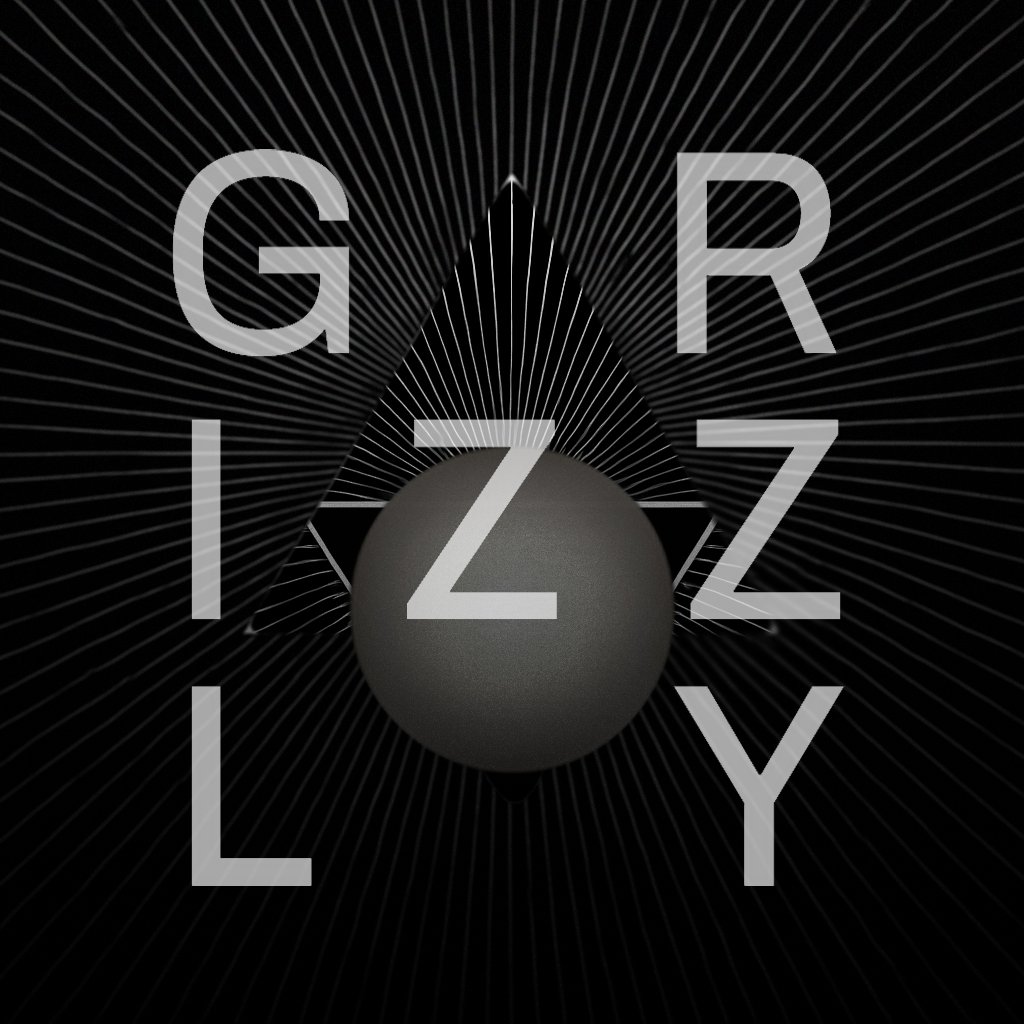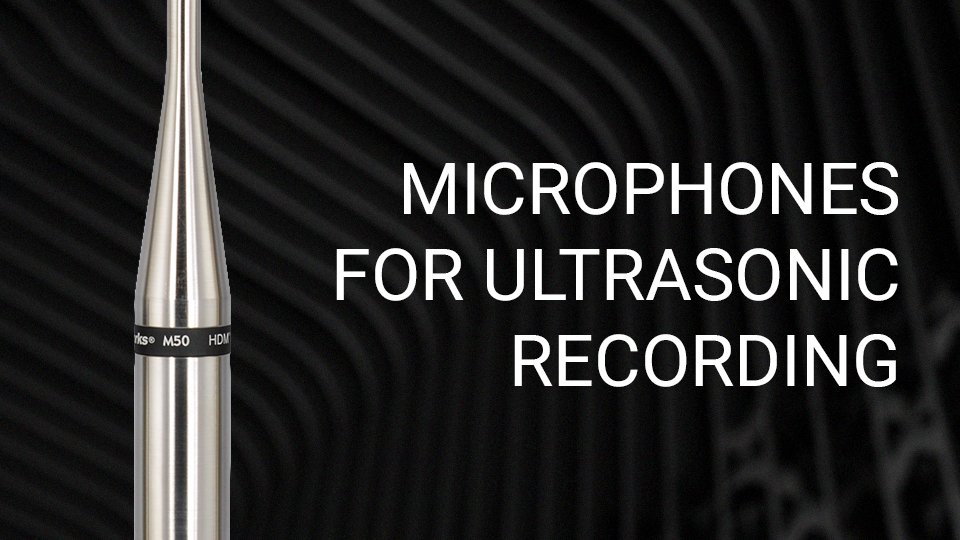What To Look For
The ultrasonic range is generally considered anything beyond human hearing so around 20 kHz and up so the key spec to look for is the frequency range of the microphone, which will be marked in Hz. The spec doesn’t tell the whole story though as some mics can record in the ultrasonic range but may not handle those upper frequencies as well, so the response is uneven and noise can be introduced. This is partly why we see such big price differences between mics that can reach the same extended upper frequencies.
When it comes to microphones capable of ultrasonic recording there are still quite a few gaps in the mid-range price bracket but below we have options for each budget range.
Options for Different Budgets
Budget Friendly
Here we actually have a number of options although many of these are based around the same mic capsule the Primo EM258, which has a frequency range of around 20 Hz to 70 kHz. You can actually buy just the capsule on it own or pick from a few different casing options such as the Clippy EM258 or Sonorous Objects SO-104. There’s also the Clippy Ultra which reportedly captures up 110 kHz.
All of these options are sub £100 and many of them are below £50, especially the capsule only options like the Primo EM258.
Mid Budget
There are few middle budget options I’m aware of but one to consider is the Sony ECM-100U at around £789. It only extends to 50 kHz but is one of the few ultrasonic microphones with a cardioid pick-up pattern (most are omni).
High End
Here is where the prices really start to jump but there are some excellent options. The most common is probably the Sanken CO-100k which as the name suggests goes all the way up to 100 kHz. There is a newer version of it the CUX 100k that has the same frequency response but is capable of switching between cardioid far, cardioid near and omni pick-up patterns. This is the priciest option at around £2,100.
A notable alternative is the Schoeps CMD 42 digital mic pre paired with one of their MK mic capsules like the MK21. It has an impressive frequency range of 8 Hz to 96 kHz so also extends into the subsonic frequency range but it does need an AES42 digital mic input which limits which recorders or audio interfaces it can be used with.
Honourable Mentions
There are a number of mics that list the standard 20 Hz to 20 kHz as their frequency range but can actually capture useful information well above that spec. One such microphone is the Immersive Soundscape Earsight Standard. There are also some options in contact mics such as the Zeppelin Design Labs Cortado MkIII which can go up to 40 kHz.
Final Thoughts
It’s surprisingly easy to get into ultrasonic recording with some good budget friendly options but the leap between that and the high end is a serious investment, especially if you’re wanting stereo capabilities. When buying you should consider the frequency range you’re looking for as well as the quality, much like cameras that shoot in 4k, there can be a sizeable difference in quality as well as price.
Further Reading
Checkout out our Guide to Ultrasonic Recording.
For audio examples of the differences between a few of the available ultrasonic mics check out sound designer Tim Prebble’s 100k Mic Test.


